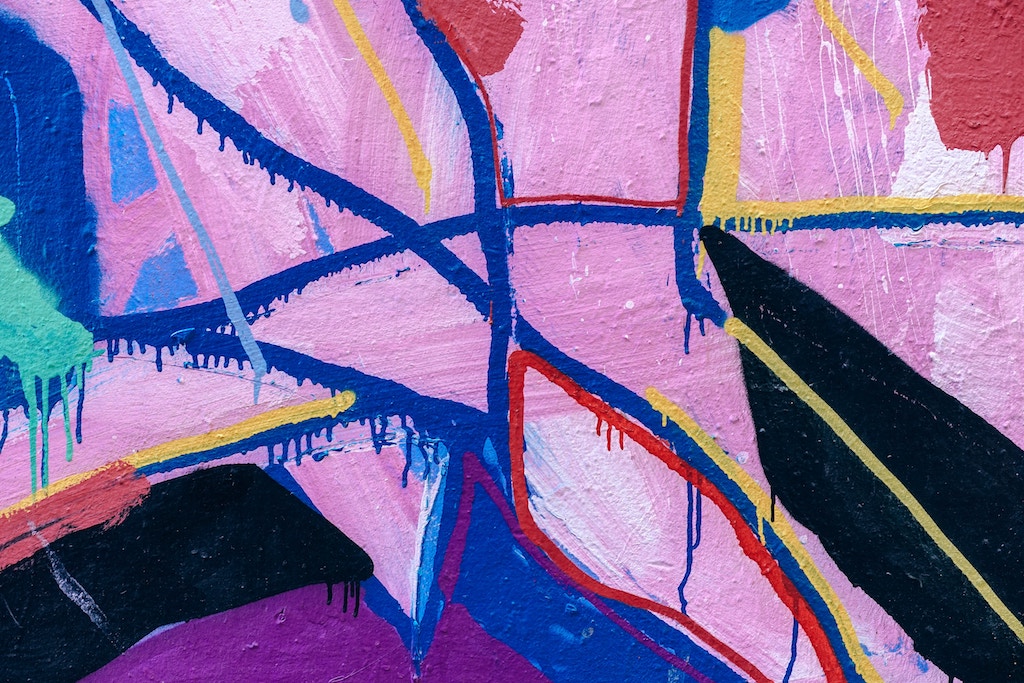Several weeks ago, I was reading about how companies are beginning to use artificial intelligence to help hire for diversity. My first thought was, “yikes.”My second thought was, “what do the commenters have to say about this?”
As I scrolled through a few well-educated misogynists’ thoughts (it is the WSJ after all), I stumbled upon this one:
This represents the crux of the failed approach to diversity and diversifying.
I believe that diversity is a competency. This is especially true in the social good space where the remit is to support marginalised groups to have more of a say in governance, to be more heard, and to have their fair share of access to resources and airtime.
Yet diversity is regularly seen as disconnected from competence. We hire the best, and they happen to be white men. Or rather, we end up with all men because of a fair hiring process that repeatedly leads to the same outcome.
Fortunately, diversity is increasingly seen as something necessary. Unfortunately, it isn’t often seen as something that leads to an improved product, process, or team. Instead, it is framed as necessary to pacify critics who have higher and higher expectations about the level of diversity in organisations – particularly social organisations.
If you aren’t succeeding at building increasingly diverse teams then you aren’t succeeding, period.
I see diversity not just as the right thing or the politically correct thing to do to avoid being embarrassed by call out culture, but as a core competency of any organisation. Where I see a homogeneous monoculture, I see an organisation that cannot be effective. An all-male management team? In the long run, you have a very slim chance at succeeding, unless your goal is to serve all-male communities.
If you really believe that diversity makes your team more effective, it means diversity should be a priority in your strategies, hiring, management, and community engagement. And if you aren’t succeeding at building increasingly diverse teams then you aren’t succeeding, period.
How do we approach diversity?
At The Engine Room, we prioritise diversity as a core competency. That doesn’t mean we are perfectly balanced, or that there aren’t areas that we want to improve our diversity. But because The Engine Room works internationally across different communities and issues, we know we need to attract and retain a diverse team to succeed. We know that the more diverse we are, the more we reduce our blind spots and fully understand the issues we’re tackling.
What ‘diversity’ means will change over time, but we regularly discuss it, unpack it, and plan towards it. We identify and pursue the diversity we need in order to work effectively with our partners – all of whom want support from organisations that speak their language (literally and figuratively). As we start to feel more confident about our team developing in certain areas of diversity (geographic!), we want to put more effort into improving other areas (more men! more rural!).
We are focused on three main areas when it comes to diversity: recruiting for diversity, building organisational spaces that cultivate and unleash the power of diversity, and identifying future leaders who will shape the technology for social good space.
On recruiting for diversity
We design entry points for talented people who can shape the future of our field. That doesn’t just mean finding high-profile, talented people; it means identifying, supporting and elevating individuals whose skills might otherwise go unnoticed or unrewarded because they are culturally disinclined to be self-promotional or because they come from underrepresented communities. We have received great support from colleagues in other disciplines on how to improve our job ads so that they resonate with more diverse audiences; we have built an internship program to attract distinctive talent; and we have formalised our recruitment process so we are less likely to hire mirror images of ourselves.
On building organisational spaces
Building diverse teams is only partly about recruitment. Diversity will only lead to increased impact if we manage to maintain a culture that makes the most of diverse ways of thinking and being. This requires a healthy, open organisational culture where we do not just accommodate varied preferences and approaches, but we try to make the most of them – we build processes so diverse perspectives can feed into decision making, and welcome disagreement and critique. It also means that when we are asked to describe our team’s diversity, we give individuals on the team the space to teach us about it first. I’ve found that conversations with team members about diversity (and how they see themselves) has opened my eyes to types of diversity I had never considered, and taught me about their preferences for a culture that is supportive and enabling.
On identifying future leaders
All of this forms part of our broader aim to support the growth of a healthy ecosystem in technology for social good. The only way that technology design and development for social good will change the world is if its designers and developers understand and represent the world. The only way that that will happen is if the teams that build, do, and shape things are as diverse as the world they are working for.
I’m proud of the diversity of our team, and will keep trying to enhance and cultivate it as The Engine Room grows. I have no doubt that this means we stand a greater chance of making the impact we want to see.

